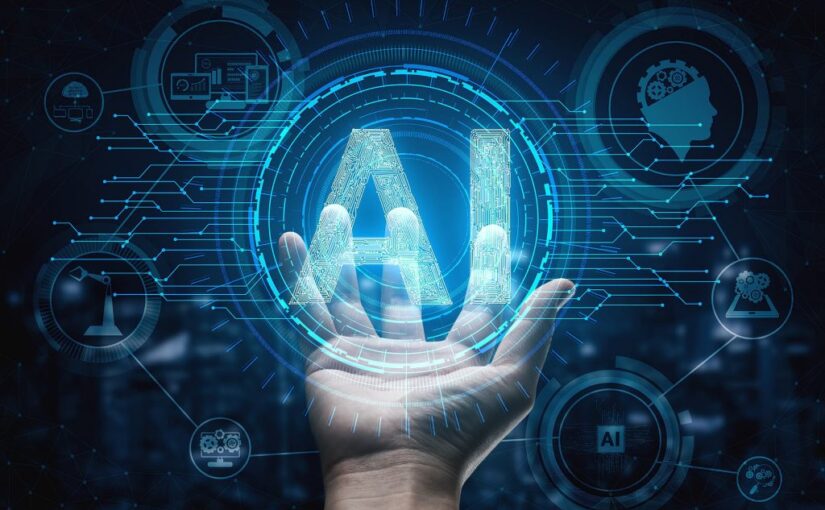Cryptocurrencies and blockchain technology have taken the world by storm, promising revolutionary changes to the way we perceive and handle financial transactions. In this beginner’s guide, we’ll unravel the complexities of blockchain technology and its integral role in the realm of cryptocurrencies.
 Understanding Blockchain Technology
Understanding Blockchain Technology
At its core, blockchain is a decentralized, immutable digital ledger that records transactions across multiple computers. These transactions are grouped into blocks and linked together in a chronological chain. This design ensures transparency, security, and resistance to tampering. Each block contains a cryptographic hash of the previous block, creating a robust and interconnected structure.
Key Components of Blockchain
1. Decentralization: Unlike traditional centralized systems, blockchain operates on a distributed network of computers, eliminating the need for intermediaries like banks.
2. Consensus Mechanisms: Blockchain networks rely on consensus algorithms to validate transactions. Proof of Work (PoW) and Proof of Stake (PoS) are common mechanisms.
3. Smart Contracts: These self-executing contracts automate processes when predefined conditions are met, reducing the need for intermediaries in legal agreements.
 Cryptocurrencies and Their Role
Cryptocurrencies and Their Role
Cryptocurrencies are digital assets that utilize blockchain technology for secure, peer-to-peer transactions. Bitcoin, the pioneering cryptocurrency, introduced the concept of a decentralized digital currency that operates independently of traditional financial institutions. Ethereum, another major player, expanded blockchain’s capabilities by introducing smart contracts, enabling a wide range of applications beyond simple transactions.
The Advantages and Challenges
Advantages: Blockchain technology offers transparency, security, reduced transaction fees, and increased efficiency in cross-border transactions. It empowers individuals by providing control over their financial assets.
Challenges: Blockchain faces scalability issues, energy consumption concerns in some consensus mechanisms, and regulatory uncertainties in various jurisdictions.
Conclusion
Blockchain technology has emerged as a disruptive force with far-reaching implications. As you embark on your journey into the world of cryptocurrencies, remember that understanding blockchain’s fundamentals is crucial. By grasping the architecture and concepts underpinning blockchain, you’re better equipped to navigate the evolving landscape of digital currencies and their transformative potential.



 AI in Healthcare
AI in Healthcare AI in Finance
AI in Finance